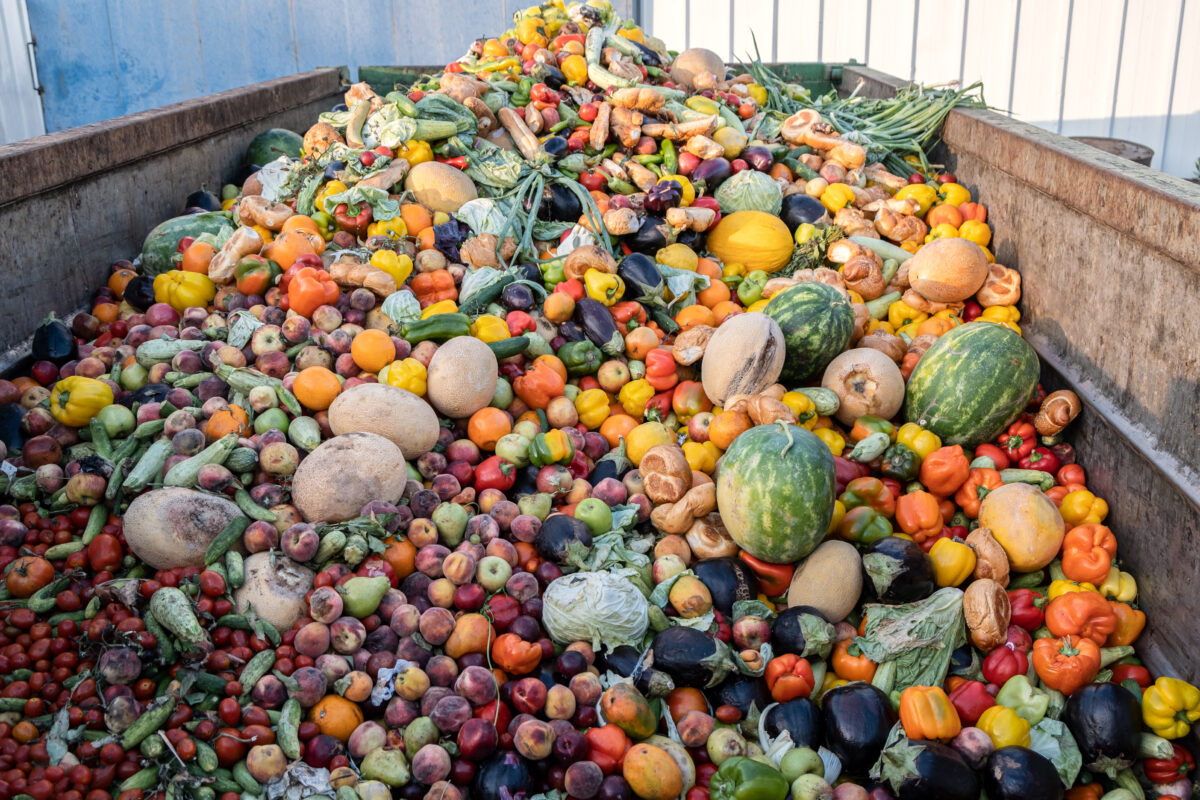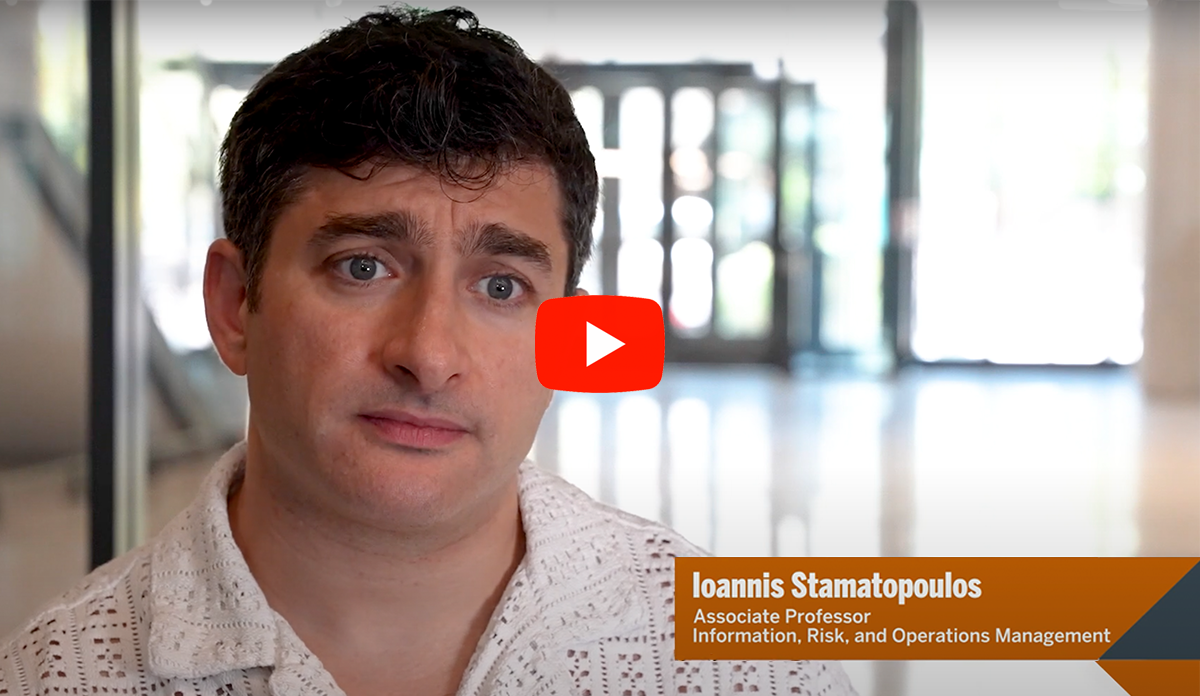Infrastructure, Enforcement Key to Ridding Food Waste From Landfills
Of 9 states with food-waste laws, only Massachusetts has figured out the formula
Based on the research of Ioannis Stamatopoulos

The U.S. wastes a third of its food supply, according to the U.S. Department of Agriculture. Worldwide, food waste contributes 8% of human greenhouse gas emissions. The problem is so severe that the USDA and the Environmental Protection Agency pledged nearly 10 years ago to cut food waste in half by 2030.
Because 60% of commercial food waste ends up in landfills — from sources such as grocery stores and restaurants — it seems like an easy fix to ban that dumping. Since 2014, nine states have passed laws pressing businesses to compost food waste instead of trashing it.
But new research from Texas McCombs finds most of those state laws have been ineffective in reducing food waste disposal. The sole exception is Massachusetts, which achieved a 7.3% decrease over time.
“We were surprised to find that in every other state, the data suggests the laws did basically nothing,” says Ioannis Stamatopoulos, associate professor of information, risk, and operations management. “But in Massachusetts, the law had precisely the expected effects.”

With McCombs doctoral candidate Fiori Anglou and Robert Sanders of the University of California San Diego, Stamatopoulos set out to assess how well the bans were working. Says Anglou, “We all thought these laws were an interesting policy tool that aims to mitigate the effects of climate change.”
If they worked, the researchers expected, their effects would show up in reduced amounts of landfill waste and methane emissions.
But tracking down those numbers proved to be a “Herculean task,” Stamatopoulos says, because the EPA does not compile food-waste figures by state.
To fill the data void, Anglou compiled data on landfilled and incinerated waste from 36 states by contacting individual state agencies and filing public records requests. The data let the researchers estimate what would have happened to the states with bans if the bans had not passed.
“Fiori succeeded where the EPA failed,” Stamatopoulos says.
Four of the first five states to pass laws — California, Connecticut, Rhode Island, and Vermont — did not significantly reduce waste going to landfills, compared with expected volumes without the laws.
Massachusetts, by contrast, cut waste streams while also reducing methane emissions per ton of waste, by 26%. What was it doing differently? The researchers found several reasons why, in Stamatopoulos’ words, the state “seemed to get everything right.”
- Making it affordable. The state had a 51% higher density of composting facilities per 1,000 square miles than the next-densest state with a food-waste ban, Vermont. By having enough composting infrastructure statewide, it lowered costs. Groceries and restaurants didn’t have to pay private businesses more to ship their waste too far.
- Making it easy. Massachusetts kept its ban simple. There were no exceptions, and generation thresholds did not change frequently, so producers were clear whether they fell under the law.
- Enforcing the law. Massachusetts aggressively enforced its food-waste ban. It increased the monetary cost of noncompliance, issued notices to violators, and conducted 216% more inspections per year than the next-highest state: again, Vermont.
Although most food-waste laws have had disappointing results, Stamatopoulos says he hopes the research will bolster faith that they can succeed if they are backed up with infrastructure and enforcement.
“Hopefully, the next time a state wants extra funding for these laws, they can point to the work and show that investing in the infrastructure will pay off, as it did in Massachusetts,” he says. “We need to push in this direction if we want to make these laws effective and combat climate change.”
“Of the First Five States With Food Waste Bans, Massachusetts Alone Has Reduced Landfill Waste” is published in Science.
Story by Omar Gallaga
About this Post
Share:


